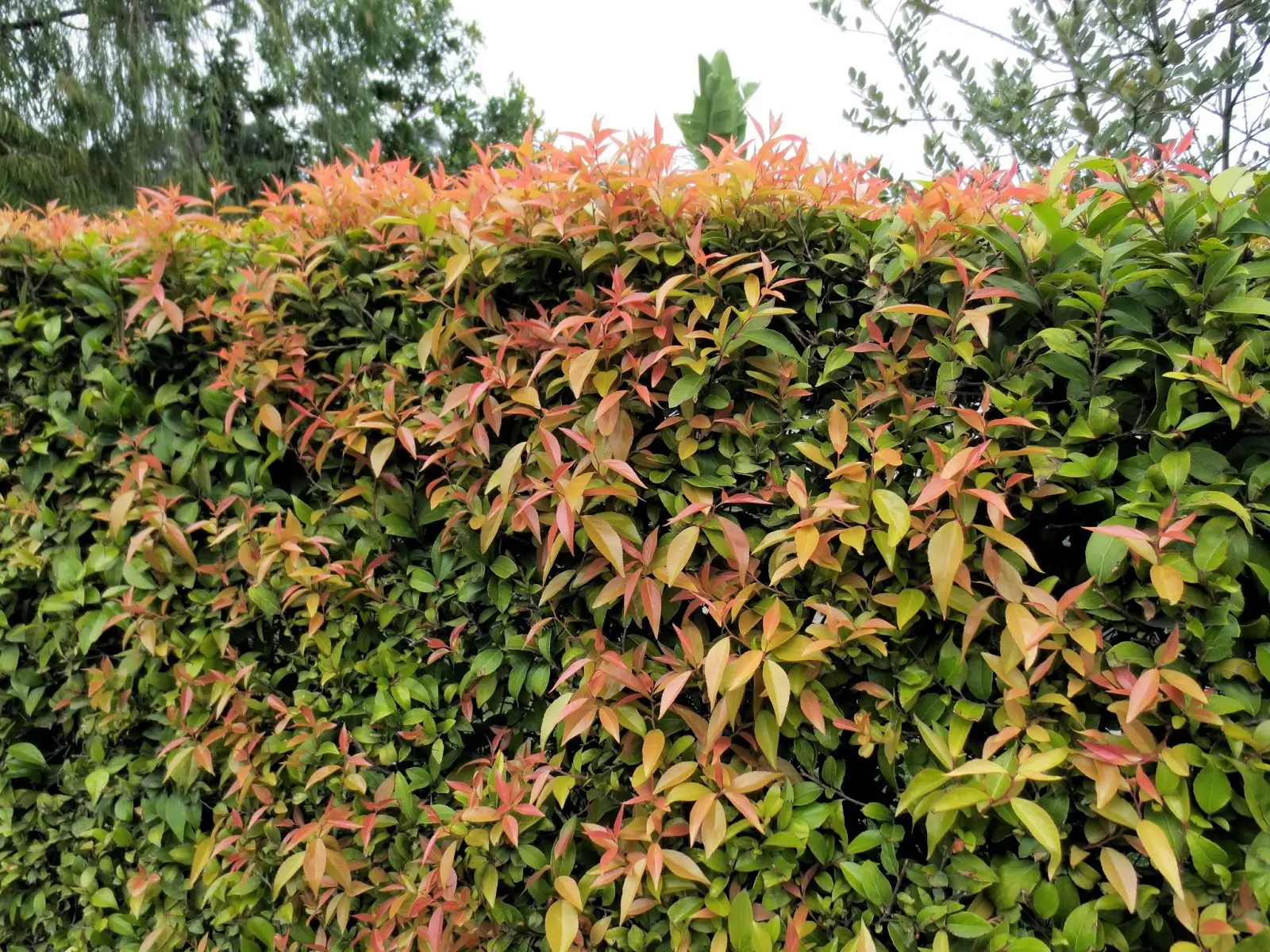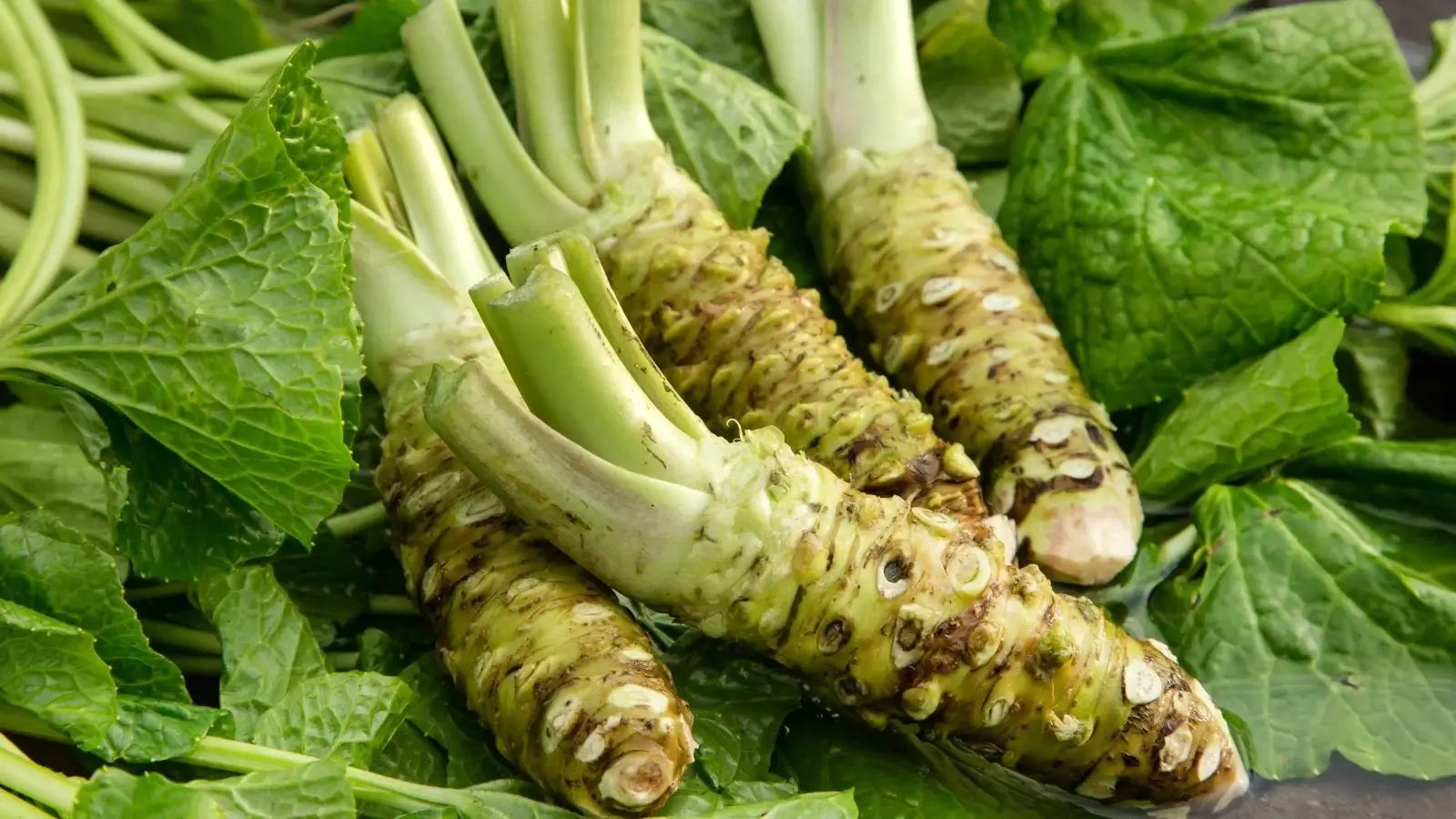
Soil Health & Fertilization
We unite suppliers and green industry professionals worldwide
Daffodils are undemanding, pest - deer and rodent - resistant and good in a wide variety of garden sites, making them an essential for gardeners in all climates
By Victor Miller
|Published on June 10, 2025


"When one flower blooms, spring awakens everywhere." — John O’Donohue
If there’s one flower that really represents the spirit of spring, it’s daffodil. When the unmistakable golden petals burst forth on its trumpet-shaped bloom, this cheerful perennial has long signaled new beginnings and hope. Aesthetics aside, daffodils are hardy and resilient, returning in greater numbers, with even a more spectacular display by the year.
Daffodils are undemanding, pest — deer and rodent — resistant and good in a wide variety of garden sites, making them an essential for gardeners in all climates. Whether placed in flower beds, naturalized landscapes or decorative containers, these low-care beauties will inject a space with color with little effort. Here’s what you need to know about the cultivation and care of daffodils!
| Common Name | Daffodil |
| Botanical Name | Narcissus |
| Family | Amaryllidaceae |
| Plant Type | Perennial Bulb |
| Mature Size | 6-30 inches tall, 6-12 inches wide |
| Sun/Shade | Full sun to part shade |
| When It Blooms | From early to late spring |
| Soil Type | Well draining soil |
| Preferred pH | Acid to neutral (between 5.0 and 7.0) |
| Flower Color | Yellow, white, orange, pink, or bi-color |
| Hardiness Zones | 3-9 |
| Preserved Areas | Europe and North Africa |

September 25, 2025
9 minute read
September 24, 2025
9 minute read
September 23, 2025
10 minute read
September 22, 2025
9 minute read


Join as a seller and connect with thousands of B2B buyers nationwide!
Sign Up

Xylosma
Xylosma (Xylosma congestum) is a versatile, evergreen shrub prized for its glossy green foliage and dense growth habit.

Grass Tree
Xanthorrhoea, or Grass Tree, is one of Australia's most recognisable native plants, famous for its striking looks, its slow growth, and its resilience

Wallflower
Wallflowers sound shy, but in the garden, they are anything but. With their cheerful clusters of blooms and intoxicating scent, wallflowers (Erysimum) are springtime standouts

Wasabi
Wasabia japonica, a semi-aquatic plant native to Japan that’s notoriously tricky to grow but incredibly rewarding for those who succeed.
Daffodils are one of the simplest flowers to grow — little maintenance and you'll be rewarded with bright, happy blooms. Their propensity for naturalizing means they spread over time, with each season producing a more impressive showing.
These flowers grow best in well-drained soil, enjoy plenty of sun and require minimal care after blooming to make sure their bulbs accumulate enough energy for the following year. If you plant daffodils in a garden in the ground or in pots, they will thrive as long as you provide the right conditions.
Daffodils prefer full sun — at least six hours of direct light per day. They can survive partial shade, however, too much darkness can result in fewer blooms and weaker stems. A wonderful planting trick is to put them underneath deciduous trees—they’ll get the sun in early spring before the trees leaf out. For the brightest blooms, let them soak up the sun!
For daffodils, the appropriate soil is essential for not rotting and producing growth. They like slightly acidic to neutral (pH 6.0-7.0) well-draining soil. Loamy or sandy soil works well, because these soils allow water to drain quickly. If you have heavy clay in your garden, you can amend it with compost or sand to aerate and improve drainage so they don’t sit in moisture.
Daffodils are fairly drought-resistant but still require adequate hydration at appropriate times. If planting in the fall, soak them well so the bulbs can settle in. In spring, maintain evenly moist but not soggy ground. After flowering is done, keep watering the plant until the leaves yellow, giving the bulbs a chance to absorb nutrients. Overwatering can lead to rot, so be sure not to let your soil sit in water.
Daffodils are one of the plants that require little or no pruning. After their flowers fade, you want to deadhead them to prevent seed-forming, which siphons energy away from the bulbs. But never cut back the foliage right away. The leaves are still photosynthesizing and storing energy for next year’s flowers.
Let the leaves die back on their own, which usually will take six weeks or so after flowering. If you don’t like the sight of wilting leaves, plant something like hostas nearby to cover them. Don't trim the leaves until they're all the way yellow. With proper pruning, daffodils will be stronger and more vibrant next season.
Since daffodils have a tendency to multiply naturally, they are easy to propagate. If your daffodil clumps begin blooming less each spring, it’s time to divide them.
It takes many years for daffodils to bloom from seed, and flowers won’t appear for at least five years.
Daffodils make a great container garden, bringing cheer to patios, balconies and small spaces. If planting in pots, make sure to pick a container that’s at least 8 inches deep so the roots have room to grow. Choose well-draining soil, and crowd the bulbs close, but not touching.
Daffodils, like some other flowers, require a chilling period in order to bloom properly. Leave outdoor pots outside in winter cold, or, if you are growing them in the areas where the temperature does not fall below freezing, refrigerate the bulbs for 8-10 weeks before planting. Forced indoor daffodils do deliver instant spring beauty, but they don’t flower again the next year, so they’re best appreciated as fleeting wonders.
Most regions have winter-hardy daffodils, but a little extra care can make a difference in survival rates in colder areas:
In coming springs, your daffodils will return even stronger and healthier by following these steps.
Depending on the species, daffodils bloom from early to late spring. If you seek a prolonged show, plant different cultivars that bloom at different times.
To encourage vibrant blooms:
Daffodils are an easy way to put golden tones and the feel of spring into any garden. Rugged, versatile and simple to grow, they offer years of beauty with little effort. Put them in the ground once, baby them a little, and let them smile at you in perpetuity.
When spring arrives and your daffodils pop open, you will be reminded of the miracle of nature’s renewal!
Daffodils indeed need to be planted in fall to flower in spring.
Yes! They’re old friends; they multiply over time.
Yes, but be cautious! Daffodils secrete a sap that can limit the life span of other blooms in a vase. Allow cut stems to sit in water alone for several hours before using them among other flowers.

Soil Health & Fertilization
Victor Miller

Pest Identification & Prevention
Victor Miller

Lawn Care Tips & Maintenance
Victor Miller

Soil Health & Fertilization
Victor Miller

Smart Irrigation Systems
Victor Miller

Patios, Walkways & Driveways
Victor Miller

Soil Health & Fertilization
Victor Miller

Pest Identification & Prevention
Victor Miller
My Account
Our team is always here to help.
We are open Monday - Friday, 9:00 AM to 4:30 PM PST.